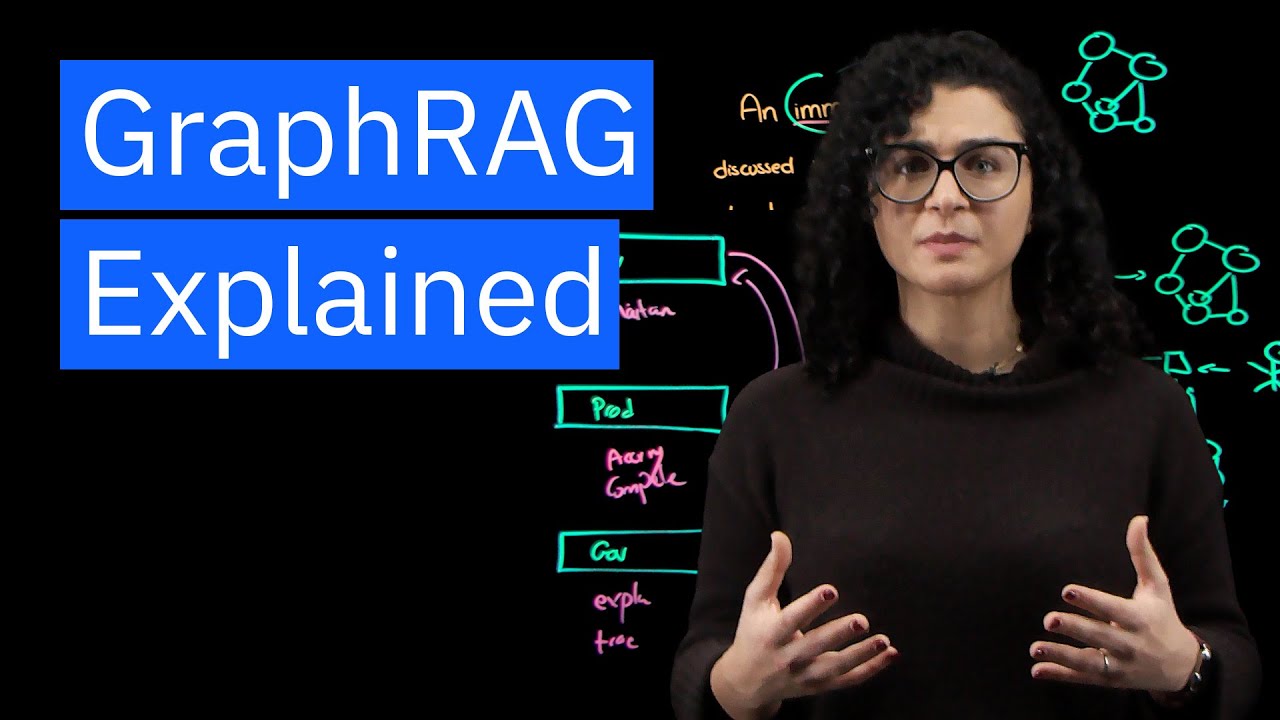The video compares GraphRAG to traditional Retrieval-Augmented Generation (RAG) systems, highlighting GraphRAG’s ability to provide more accurate and insightful responses in complex healthcare inquiries by utilizing a knowledge graph to map relationships between entities. It emphasizes the benefits of GraphRAG in terms of improved response quality, simplified development and maintenance, and enhanced governance, making it a superior choice for real-time applications.
The video discusses the advantages of GraphRAG over traditional Retrieval-Augmented Generation (RAG) systems, particularly in the context of a healthcare support line where patients and providers have complex, multi-step inquiries. GraphRAG enhances the ability to deliver precise and personalized answers quickly, which is crucial in healthcare settings where accuracy and speed are paramount. The video outlines how GraphRAG improves the quality of responses, simplifies development and maintenance, and strengthens governance.
To understand GraphRAG, the video first explains the baseline graph approach. It begins with a private dataset, which can include both structured and unstructured data. This data is broken down into text chunks, and their embeddings are stored in a vector database. When a query is made, the system retrieves relevant context from the vector database and sends it to a large language model (LLM) to generate an answer. This process is similar to traditional RAG, but GraphRAG builds upon it by incorporating additional layers of information.
GraphRAG utilizes the same text chunks but goes further by extracting entities and mapping their relationships within a knowledge graph. This allows GraphRAG to connect related information rather than simply retrieving isolated answers. For example, in a scenario involving an immunologist and a CEO discussing virus response strategies, traditional analysis might only identify these as named entities. In contrast, GraphRAG recognizes and maps the relationships between them, providing deeper context and insights into their interactions.
The video highlights that GraphRAG’s ability to quantify the strength and nature of relationships enables the creation of weighted graphs that reveal insightful patterns. By transforming data into a knowledge graph, GraphRAG creates a network of interconnected entities, which supports various applications, from generating targeted questions to crafting rich, contextually relevant summaries. This depth of insight is something traditional RAG systems cannot achieve on their own.
Finally, the video emphasizes the benefits of GraphRAG in terms of production, development, and governance. It offers higher accuracy and more complete answers in real-time. From a developer’s perspective, once the graph is established, it is easier to maintain compared to traditional RAG systems. Additionally, querying the graph provides better explainability, traceability, and access controls, enhancing overall governance. The video concludes by inviting viewers to engage with the content and subscribe for more information.
